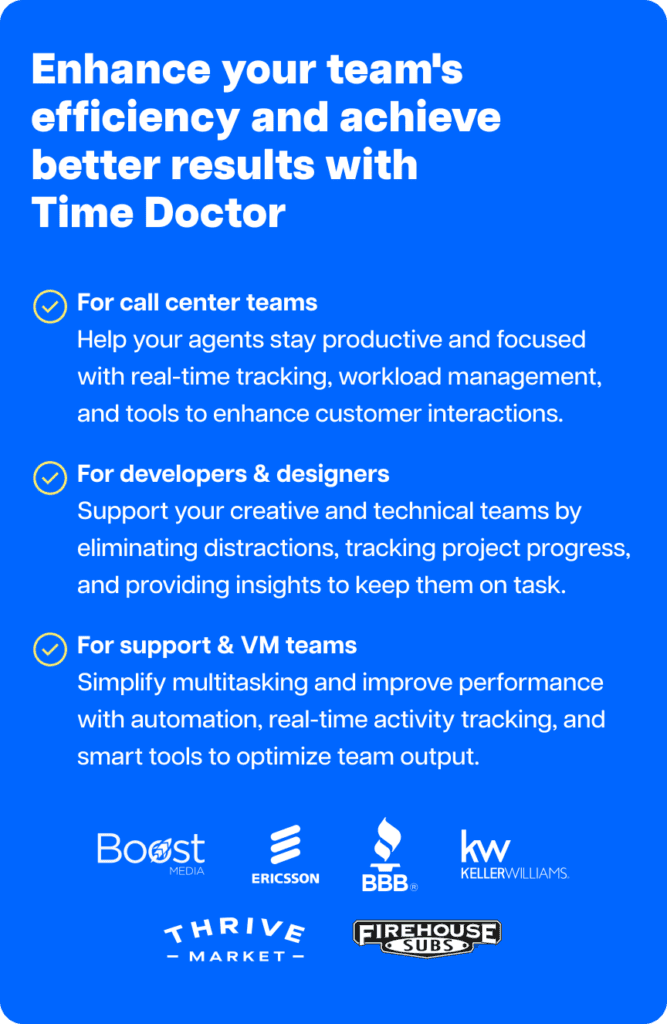In a corporate environment that is changing quickly, trust continues to be the cornerstone that ties organizations to their consumers and workers. Based on findings from a thorough PwC poll, it is startlingly evident that there is a big gap between executives’ conceptions of trust and what customers and staff really experience.
This article examines the various obstacles businesses face in creating a trustworthy atmosphere and the startling findings of the trust gap.
The widening trust gap
The fundamental issue is the widening trust gap, which is exemplified by the contradiction between executives’ and stakeholders’ viewpoints. Remarkably, ninety percent of corporate leaders believe that their clients have a high degree of confidence in their organizations.
In contrast, just thirty percent of customers feel this way. Compared to prior years, this disparity has grown, indicating a worsening circumstance that companies cannot afford to overlook.
Employees, although more trusting than consumers, also reflect a trust gap. While 67% express trust in their employers, 86% of executives mistakenly believe this figure to be higher. This 18% gap, up from 14% in 2023, underscores a persistent misunderstanding of employee sentiment.
The trust conundrum: Executives at a crossroads
The survey reveals troubling uncertainty among executives about cultivating trust. Twenty-four percent of leaders admit to a lack of clarity about stakeholders’ desires, a notable increase from previous years.
Identifying who within the organization is responsible for nurturing trust emerges as a top challenge, further complicating the trust-building process.

A split within the C-Suite
Trust issues are not confined to external stakeholders but extend to the very core of the organization. Only 44% of C-suite executives trust their counterparts, a concerning figure when compared to the higher trust levels among employees.
This internal distrust within the leadership echelon may contribute to the broader trust challenges facing companies.
The role of proximity and flexibility in trust
The trust equation now includes additional variables as a result of the shift to remote and hybrid work arrangements. Even while most CEOs think they trust both in-person and remote workers equally, a sizable segment of the workforce feels that there is a prejudice against onsite workers.
Policies pertaining to monitoring and work flexibility aggravate this view, since there is a significant disconnect between what leaders are ready to provide and what employees want.
The need for trust in order for business success
Notwithstanding these obstacles, the commercial rationale for fostering trust is apparent. A resounding 93% of business leaders agree that trust improves profitability.
This acknowledgment is a crucial turning point for companies to review their strategy for fostering trust and closing any holes endangering their connections with clients and staff.
Conclusion
The trust gap is a barrier as well as an opportunity for businesses to navigate the intricacies of the contemporary business environment.
The study results from PwC should act as a wake-up call for leaders, prompting them to reconsider their approaches, have meaningful conversations with their stakeholders, and foster a culture of trust that aligns with the expectations of the modern workforce and customer base.
Businesses cannot expect to close the trust gap and achieve long-term success unless they make a determined effort to comprehend and address the underlying problems.


